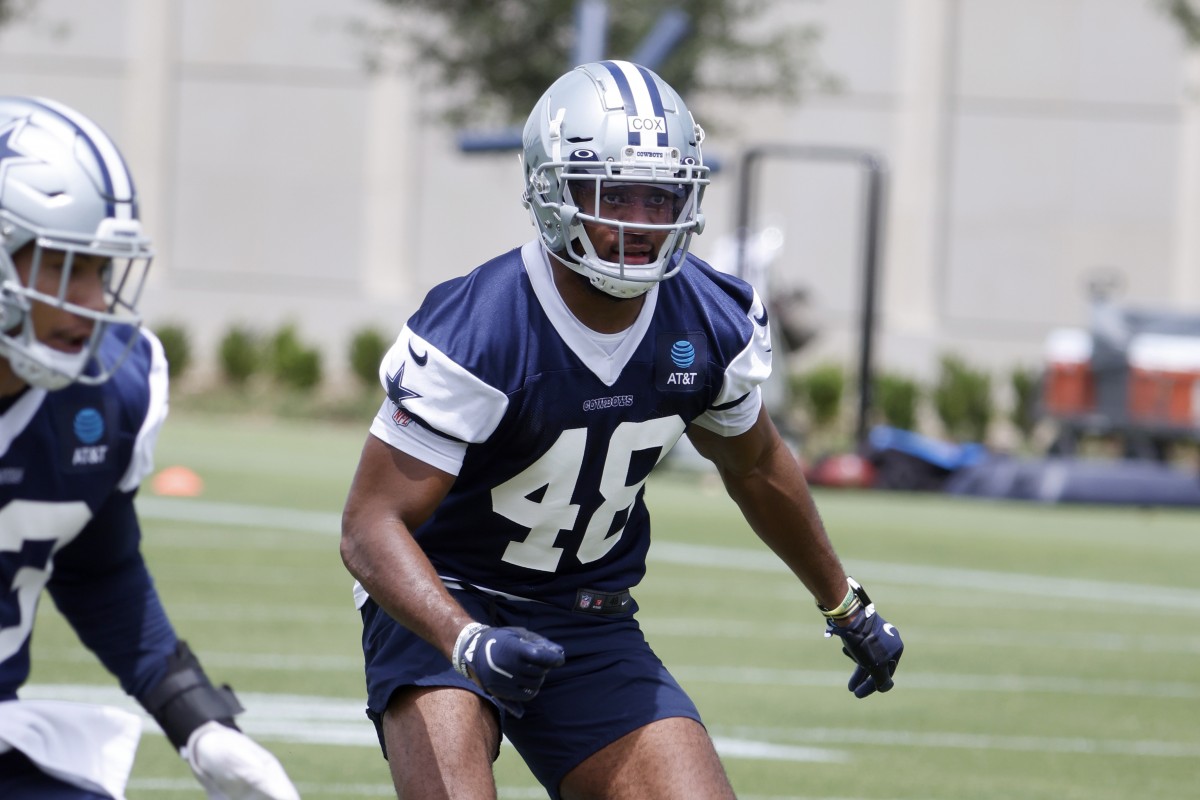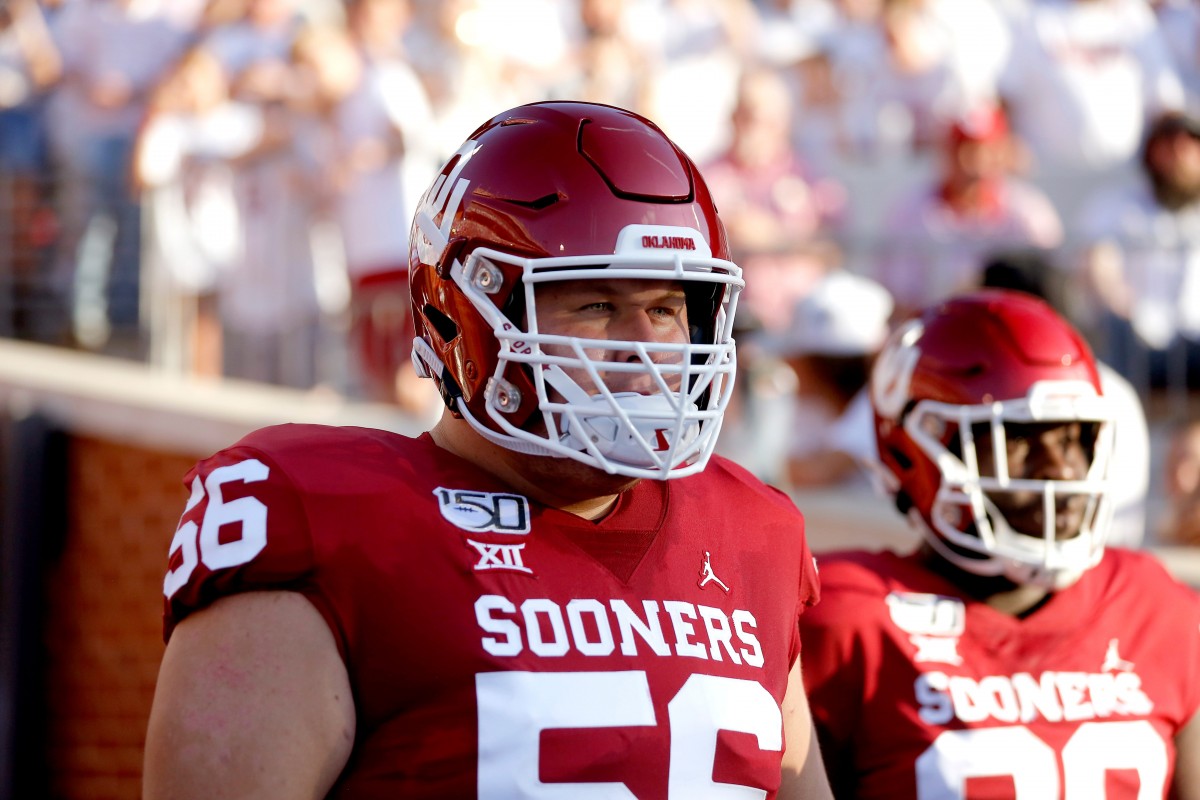The NCAA didn’t think much of D’Wayne Eskridge when he came out of Bluffton High School in Bluffton, IN. Though he was his school’s all-time leading touchdown scorer and gained 1,020 yards and 16 touchdowns as a running back in his senior season, Eskridge had just two offers — from Western Michigan and from Ball State. Eskridge chose Western Michigan, and amassed 121 catches for 2,244 yards and 15 touchdowns as a receiver, 12 carries for 116 yards as a rusher, and 17 kick returns for 467 yards and a touchdown. Eskridge also totaled 152 snaps as a defensive back in 2017 and 2019, which is an interesting versatility construct.
Eskridge was the eighth receiver chosen in the 2021 draft, selected with the 24th pick in the second round by a Seahawks team that was pick-shy (just three selections overall) as the result of various trades. Eskridge was the first player Seattle chose in the 2021 draft; both general manager John Schneider and head coach Pete Carroll were quite happy about the first selection. Both men pointed specifically to Eskridge’s willingness to play defense as a major part of their positive evaluations.
“It makes him a unique player coming in at the position,” Carroll said. “Think about the staff that had to present this to him: we have problems on defense and we need some help, we think you could be a cornerback. How many wide receivers get asked that question? The versatility, the overall athlete that he is, the person that he is, he’s really smart and bright and wide open and team oriented and all of that. I think it just showed the variety and the spectrum of this guy’s ability. We love the explosiveness part of it, but you can also see there’s a few clips of him and you can see when he’s playing defense, he was physical. He went after guys. Which we love what he brings to the wide receiver position because our guys are called on to block a lot in our offense and it’s a big part of the game. That was one of the additional elements that just added to why we liked D’Wayne so much. We really thought about it.”
Schneider agreed, pointing to Eskridge’s “dog mentality.”
“For a staff to go to a guy and say to a guy that’s kind of a track athlete, the 100-meter sprinter and the 200-meter sprinter, I think he was a 23-foot long jumper, for a guy like that, you usually hear track guy and all that,” Schneider said. “For a staff to go to that guy and ask him to go play some defense and go play against Michigan State and go compete, you can see him just flying up in run support, throwing his body around. He’s just a competitor. He’s overcome a lot. He’s just a great guy. Like I said, [Midwest area scout] Jason Barnes did a great job of really getting to know the person, the competitor, and we really emphasize that. When you have all these picks, you’ve got to be able to sort all this stuff out. We were really focused on the person and you can tell he’s got some really cool attributes.”
But we’re focused on D’Wayne Eskridge the receiver in this instance. The Seahawks already have two of the more potentially explosive targets in the NFL in D.K. Metcalf and Tyler Lockett. And though Eskridge is not the typical bigger receiver at 5-foot-9 and 190 pounds, the Seahawks are not going to banish him to slot purgatory.
“We see him as a deep threat,” Carroll concluded. “You saw him, he can catch the ball way down the field, he’s got great downfield speed, he’s got great finishing speed too. The kind of track background he has, you can see the acceleration stay with him as he moves. He’s going to be a guy that can stretch the field for us. We won’t restrict him to just being an inside player. We’ll move him around.”
Eskridge showed the ability to be an estimable deep threat at times for the Broncos — in 2020, per Pro Football Focus, he caught four of 10 targets of 20 or more air yards for 161 yards and a touchdown. We might see more of that from him in Seattle, and while the burner speed is obvious, it’s Eskridge’s ability to take the nuances of the position and turn them into explosive plays that makes him such an interesting prospect.
On intermediate stuff (10-19 air yards), Eskridge caught 11 of 15 targets for 345 yards and five touchdowns, using a combination of athleticism, route correctness, and after-catch speed.

Per Sports Info Solutions, Eskridge was especially devastating on slants last season, with eight catchable receptions on 13 targets for 295 yards, 210 yards after the catch, and five touchdowns. Basically, if you let him define leverage at the turn, he’s going to turn on the afterburners, and your defense is in big trouble. Eskridge tied for the NCAA lead on slant touchdowns with Alabama’s DeVonta Smith, who obviously had a higher draft profile and went 10th overall the Eagles.
And speaking of DeVonta Smith…
There are those who are concerned about Smith’s ability to win as a boundary receiver at 6-foot-1 and 166 pounds. But the tape shows with Smith, as it does with Eskridge, that if you can use your footwork to defeat press defenders at the line of scrimmage, the only thing stopping you from a potentially big play is some kind of mugging at said line of scrimmage. And even a good mugging might not always work.

As Smith does, Eskridge can absolutely nuke aggressive coverage at the line with his footwork. This showed up on his Western Michigan tape, and during one-on-one reps at the Senior Bowl, when Eskridge’s profile started to rise.

If you’re a press cornerback, this has to get annoying after a while.
“Throughout this process, I didn’t really put too much pressure on myself,” Eskridge said of his Senior Bowl experience. “I just kind of do what I do best. I always knew that I was one of the top-tier guys. It was just certain times where I may not get as many opportunities as the guys at the bigger schools and stuff like that. I faced things head on so as soon as anyone lines up against me, I’m automatically thinking I can win. I’m not thinking about anything else. I just went down there to show who the real D’Wayne was since I didn’t always have a camera on me.”
When he did, things went pretty well. As for the fit with Seattle, Eskridge said that this was the place he wanted to be.
“I just felt comfortable being in a good football position with them, more than anybody else that I talked to. They all kept it real with me. It was clear, uncut all the time. I just felt when it came to energies collide, I felt like it molded well instead of going the other way. So I always looked at them a little bit different than anybody else. I appreciated them for that.”
The Seahawks, as balanced between the run and the pass as they prefer to be, now have three legitimate downfield burners who can beat you in other, different ways in Eskridge, Lockett, and Metcalf. Good luck to enemy defenses when it comes time to figure out who to double.




















